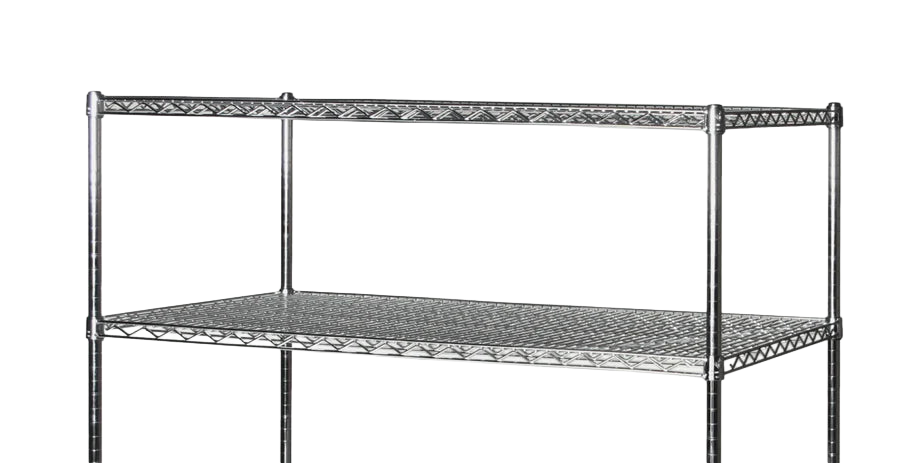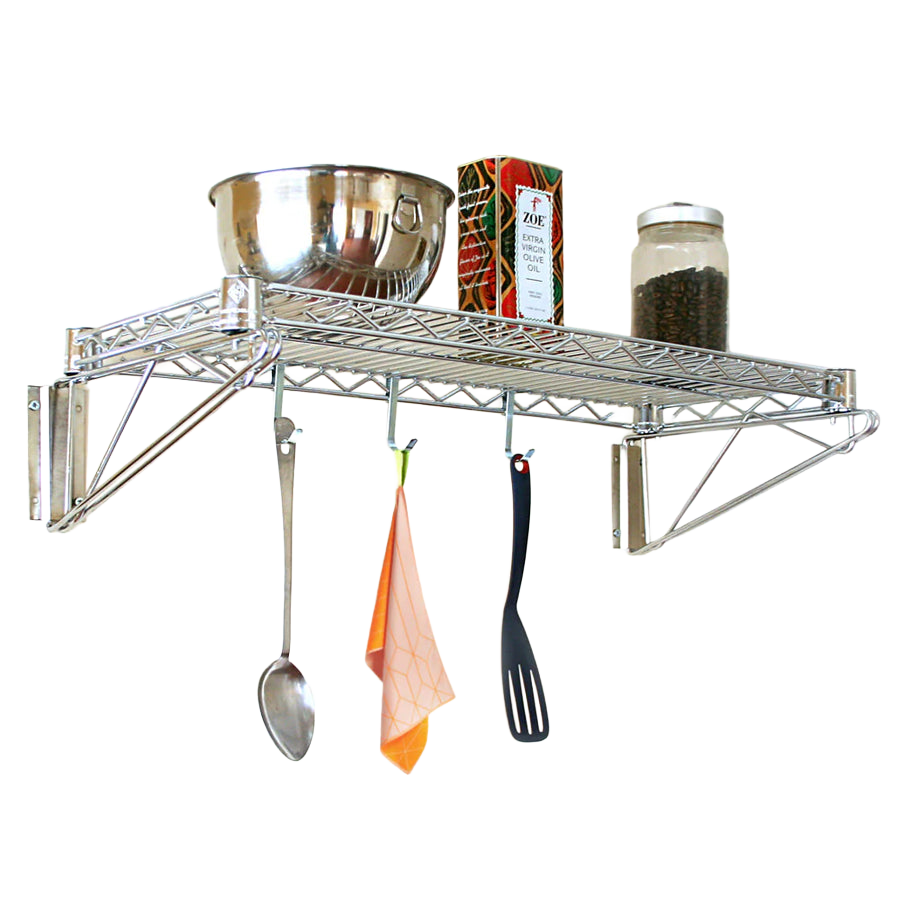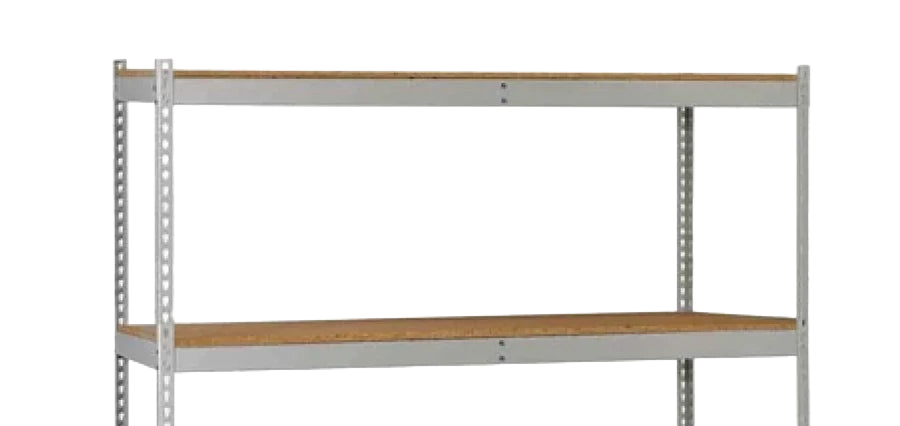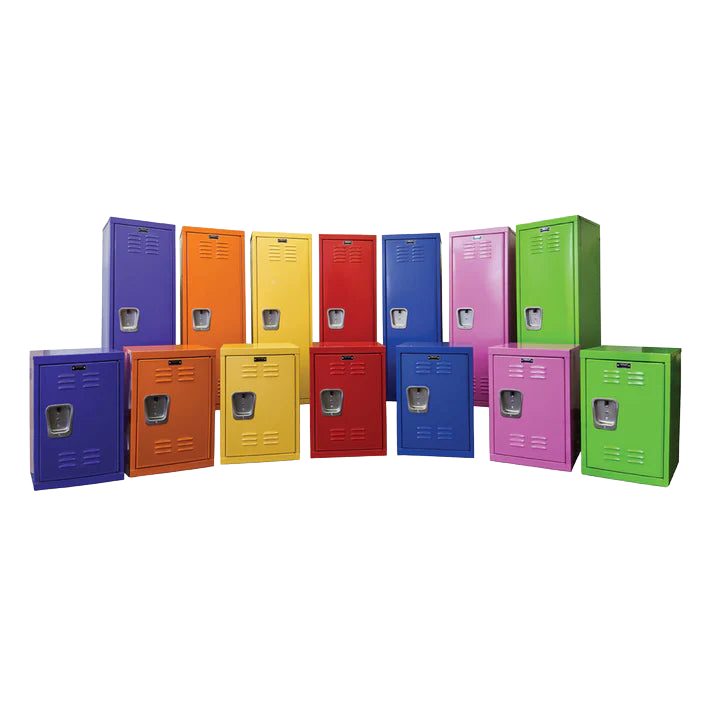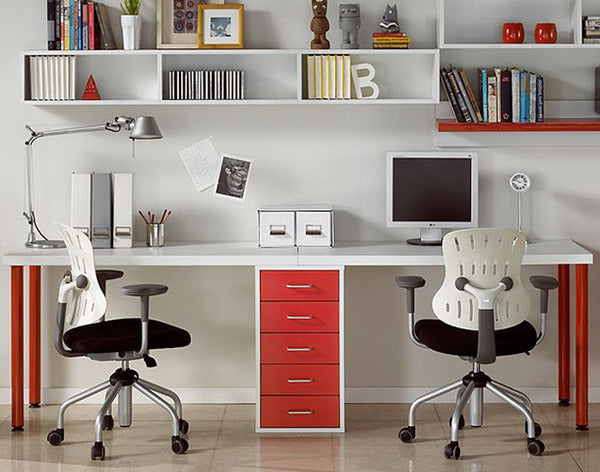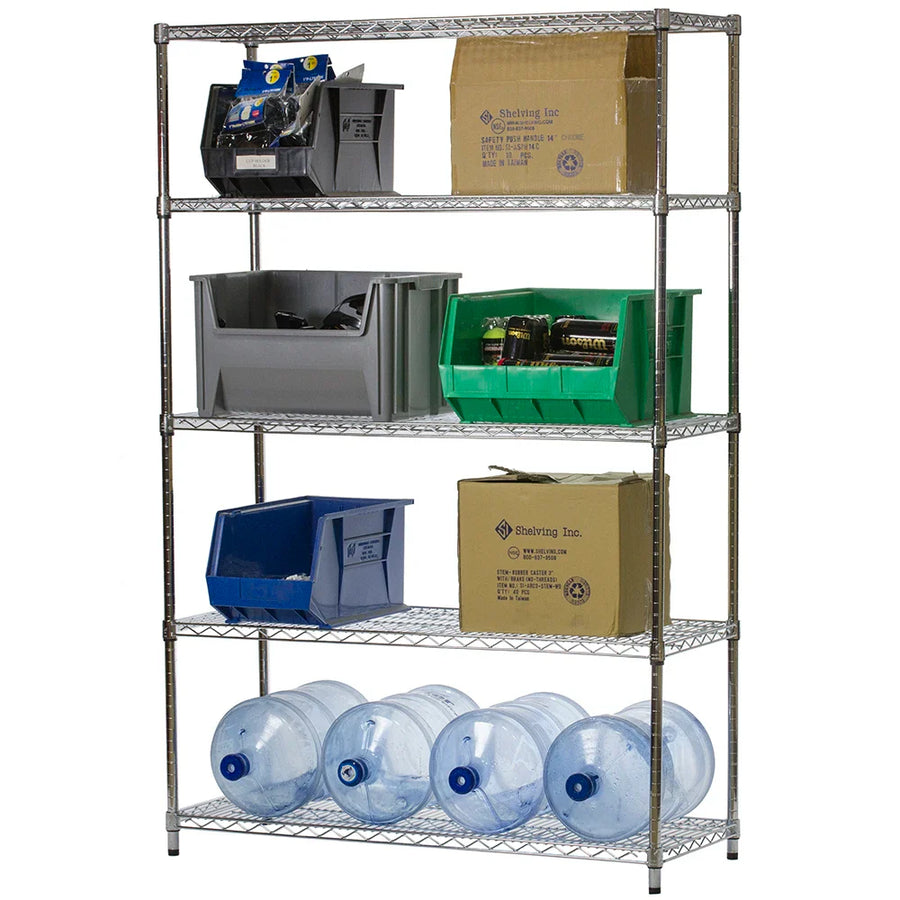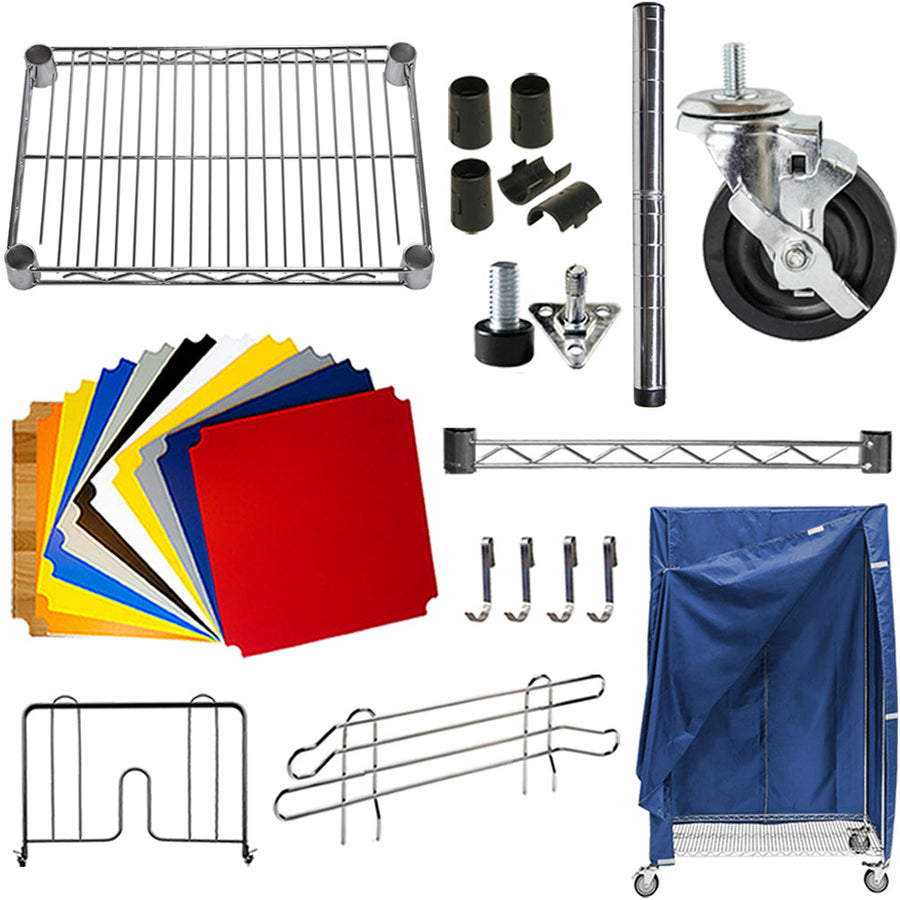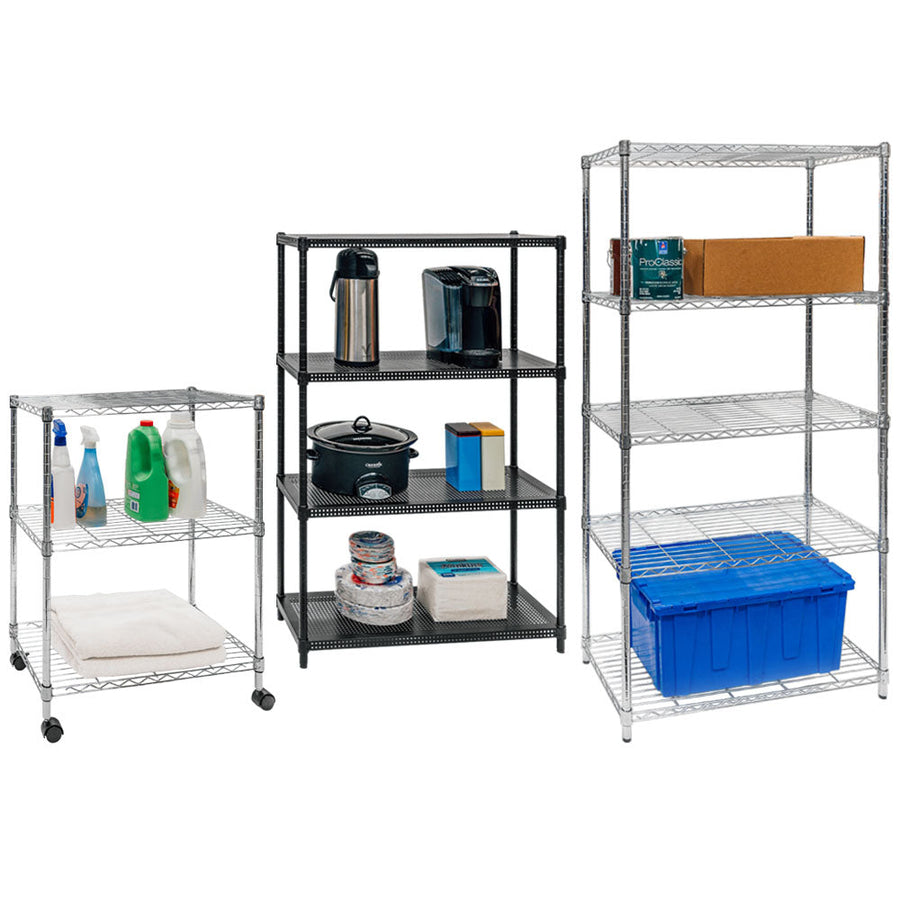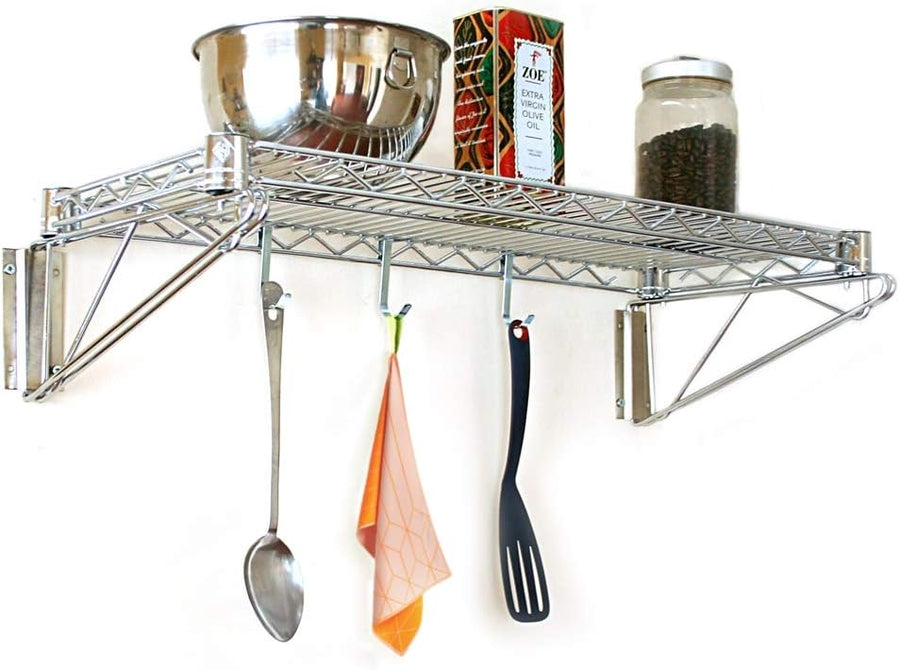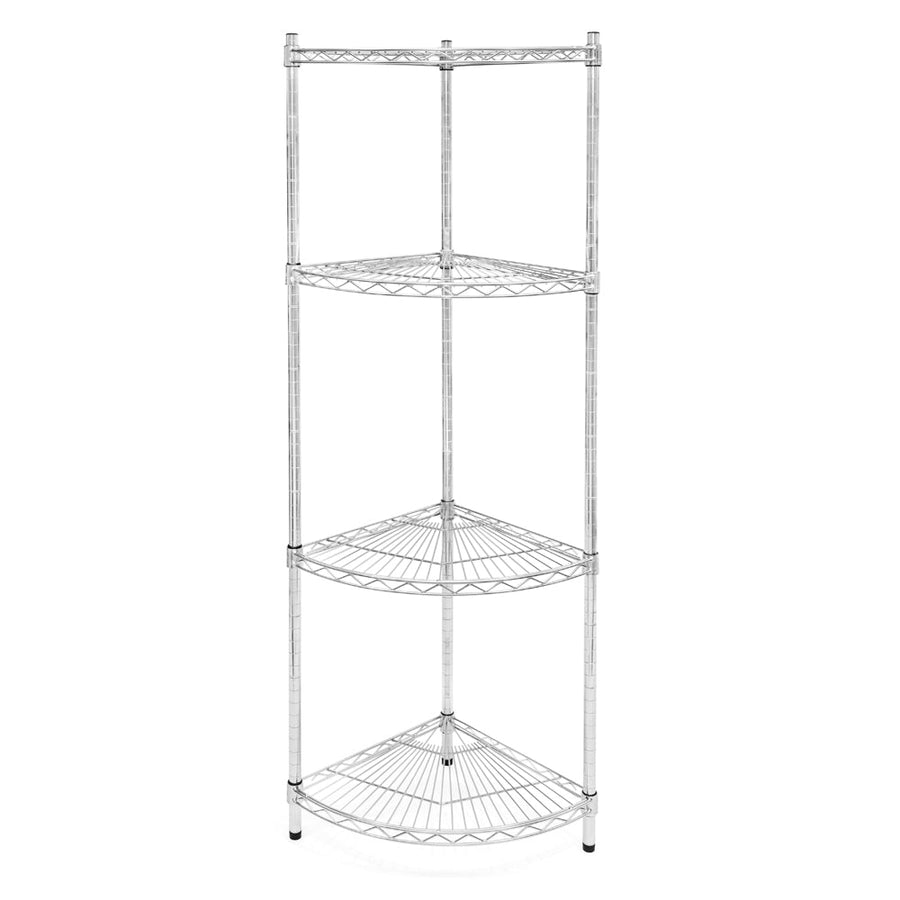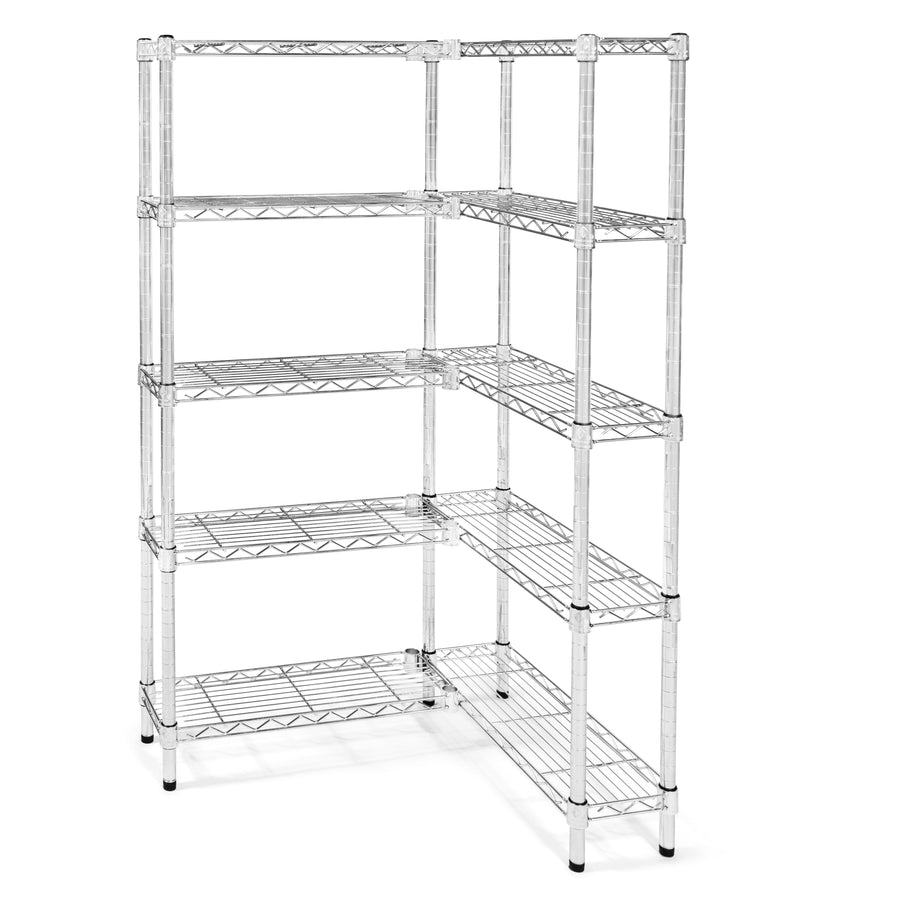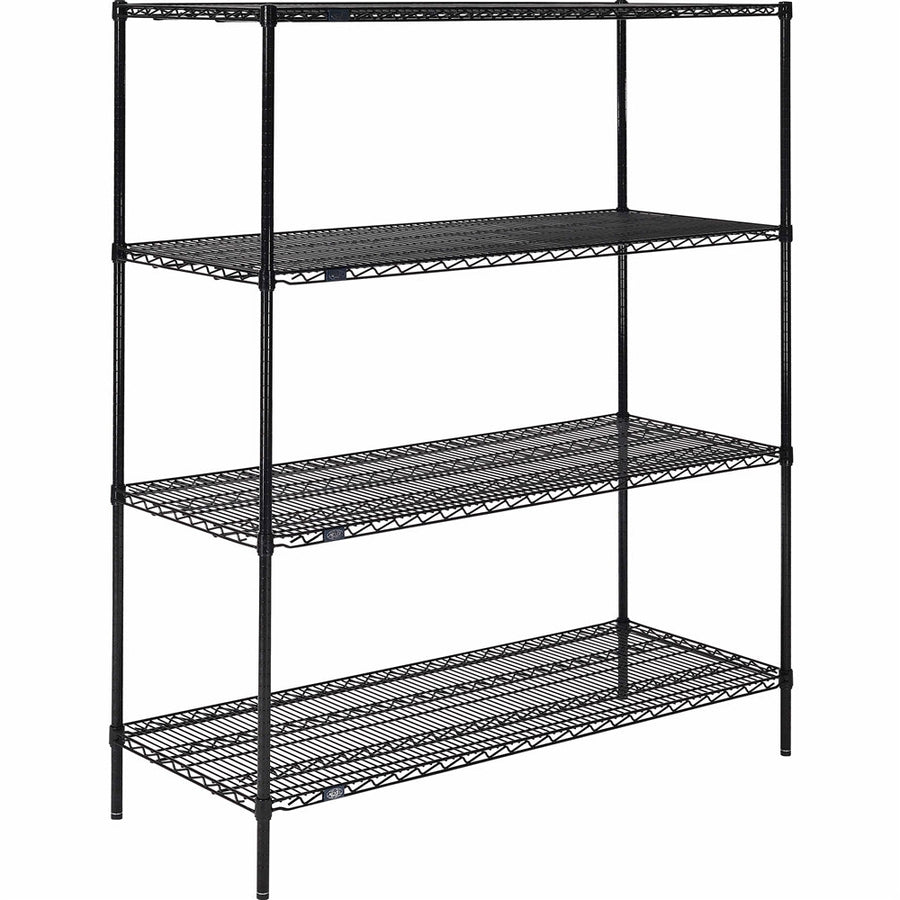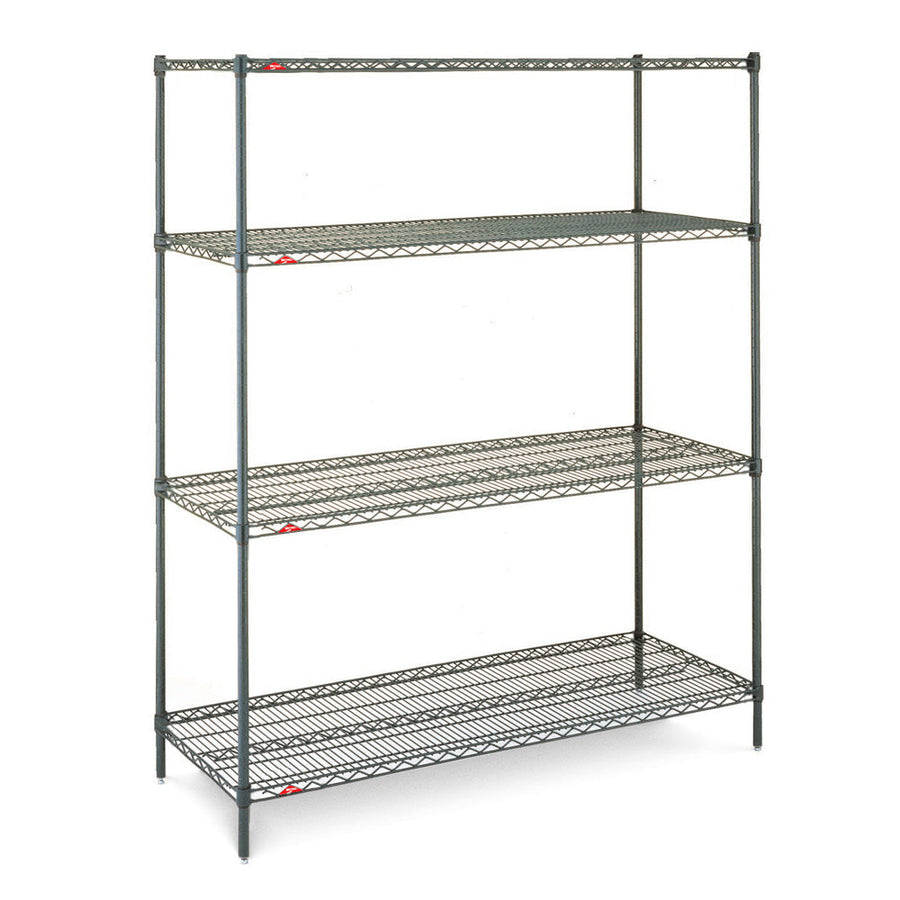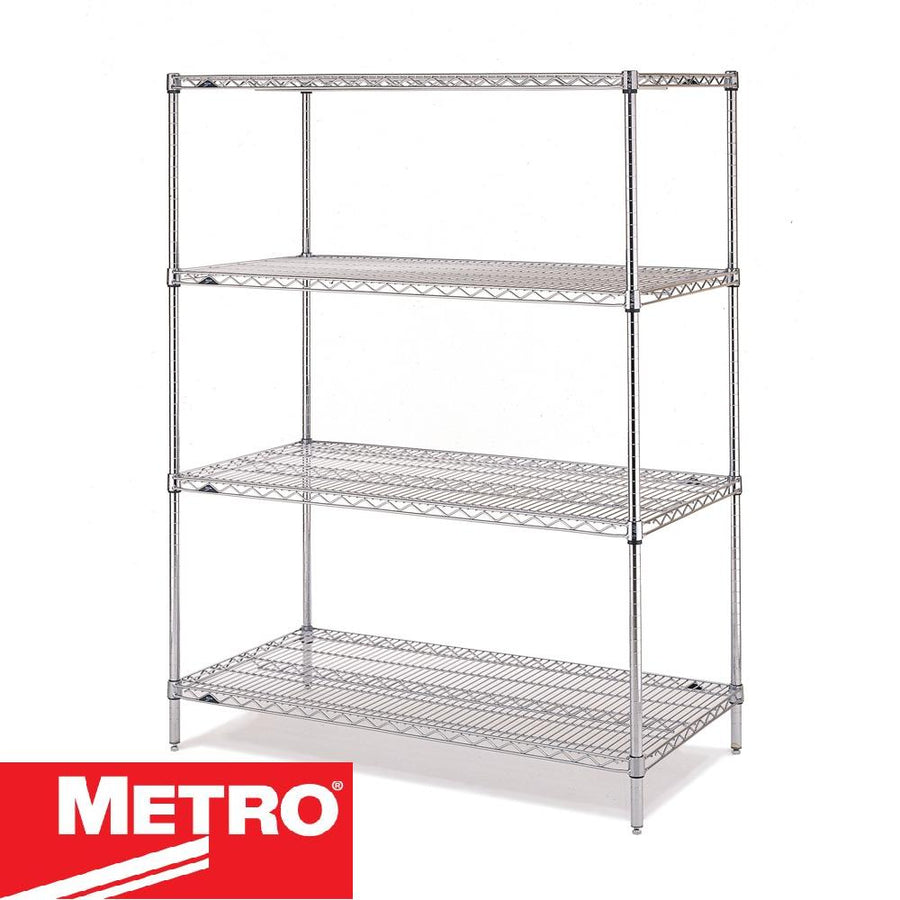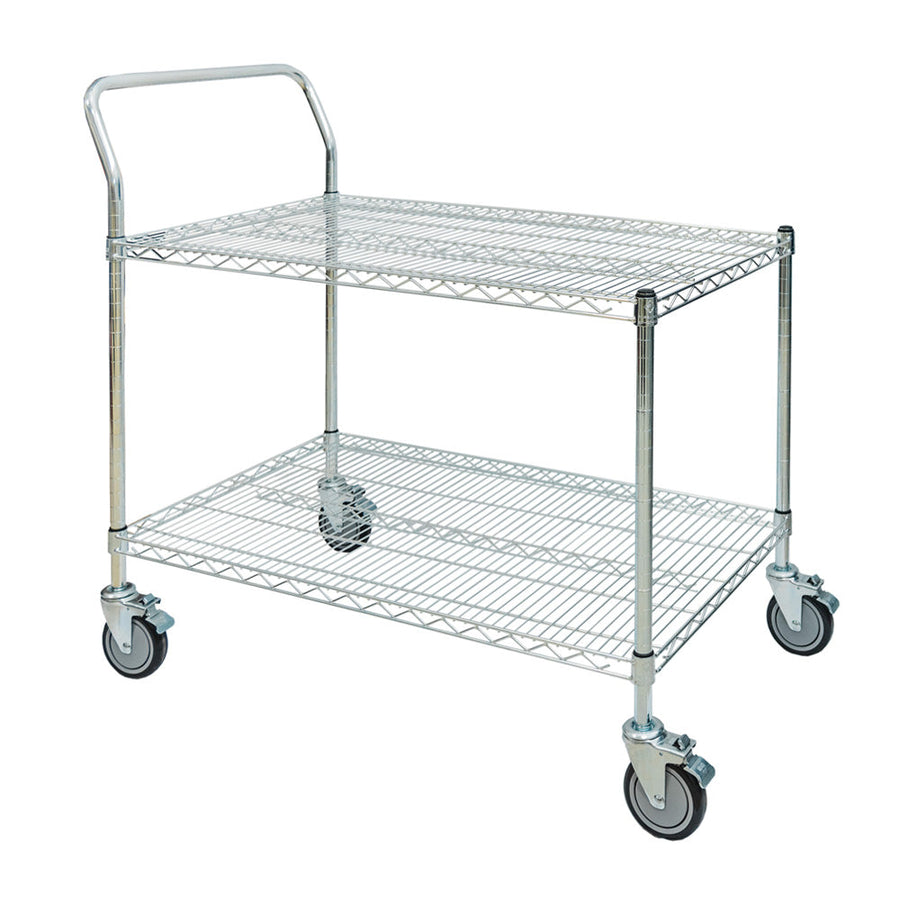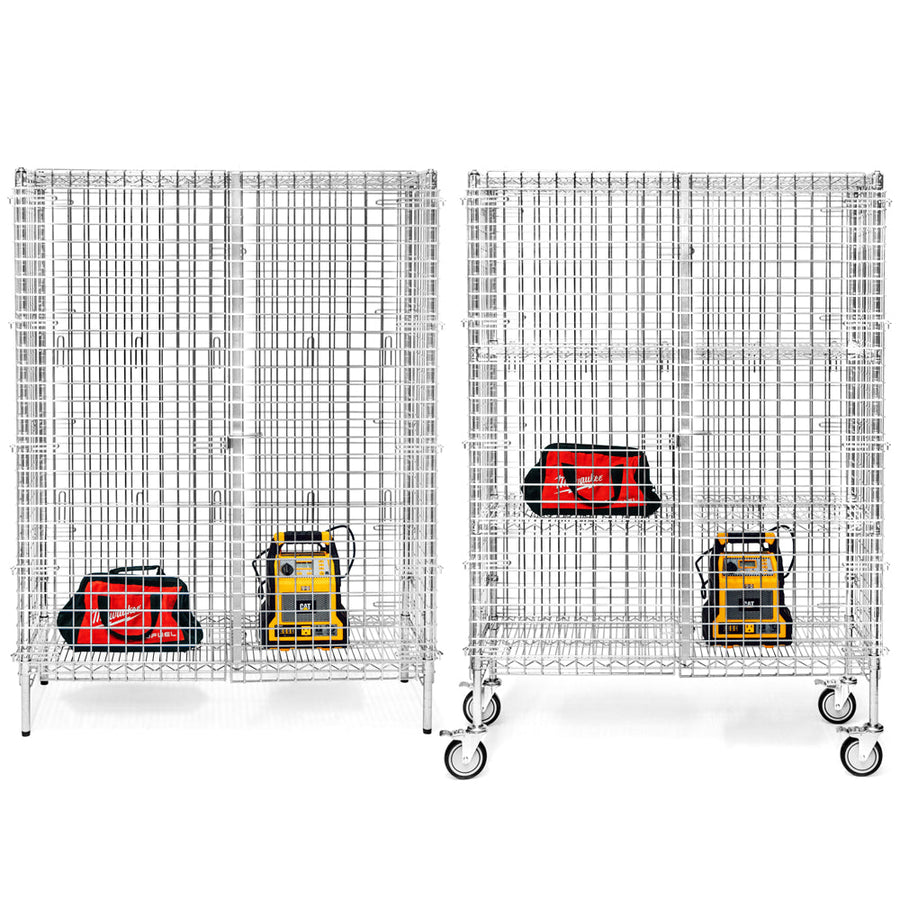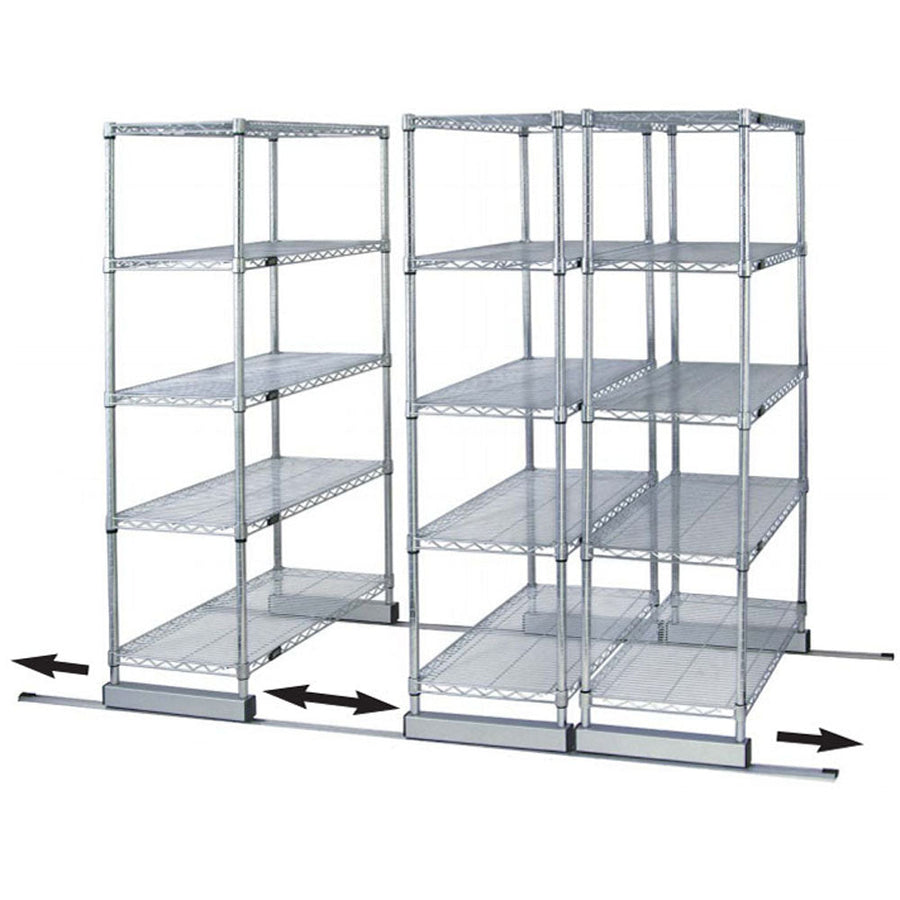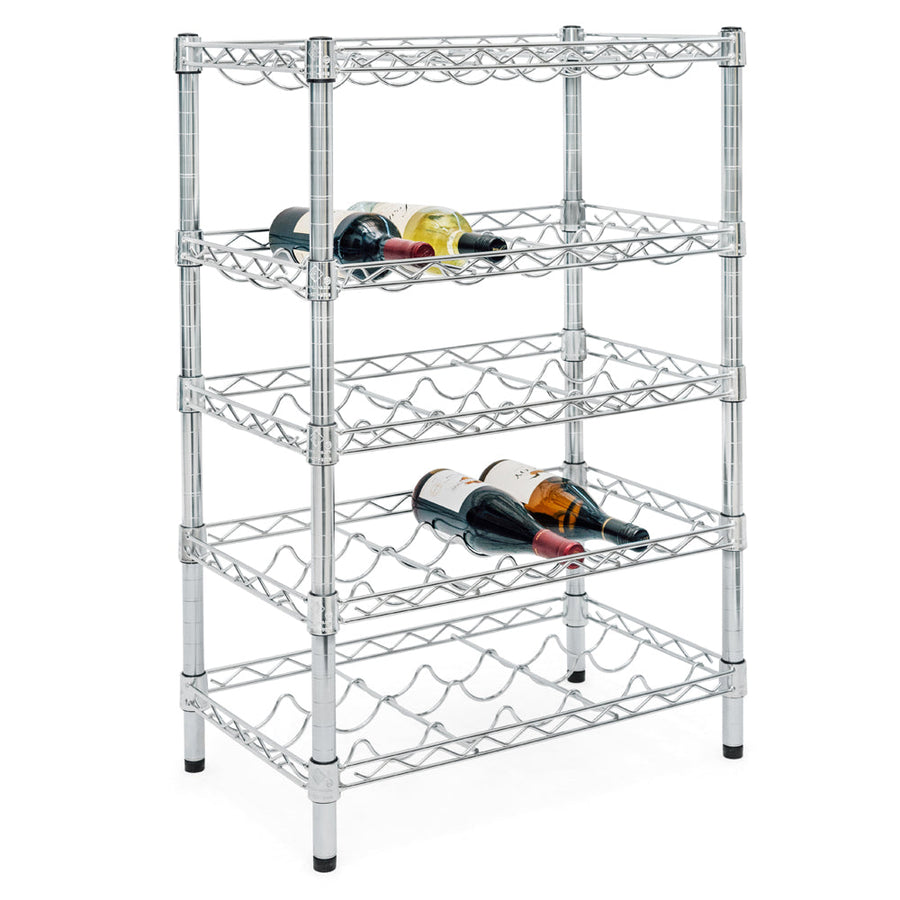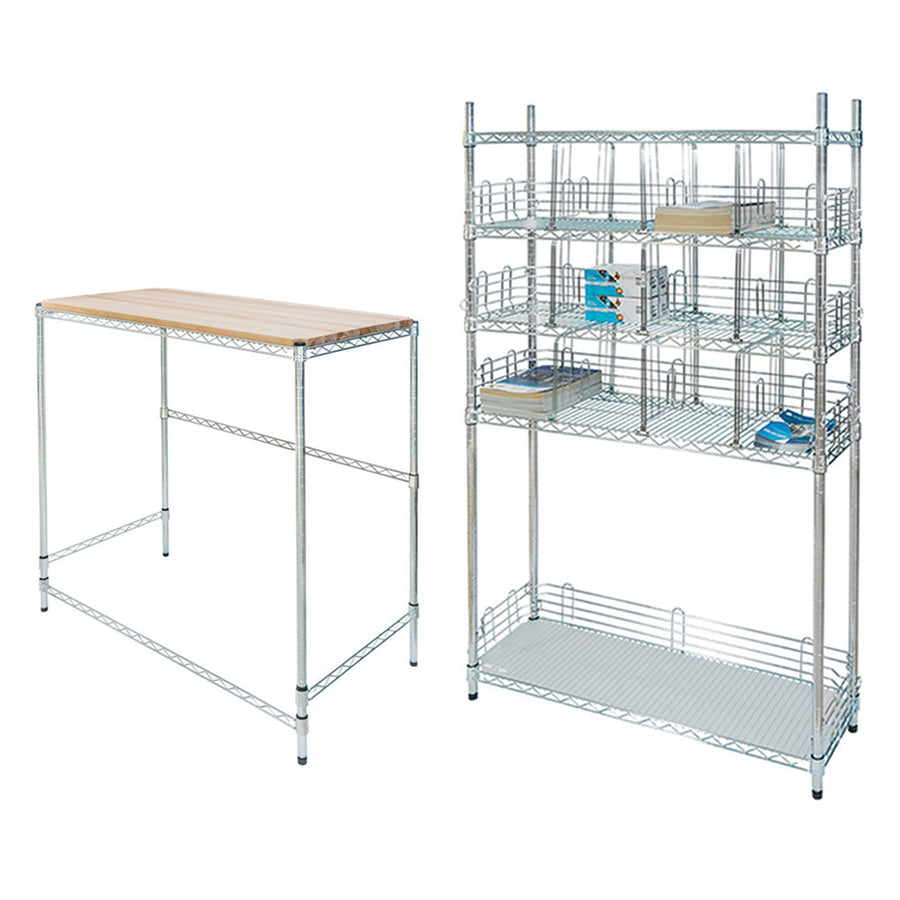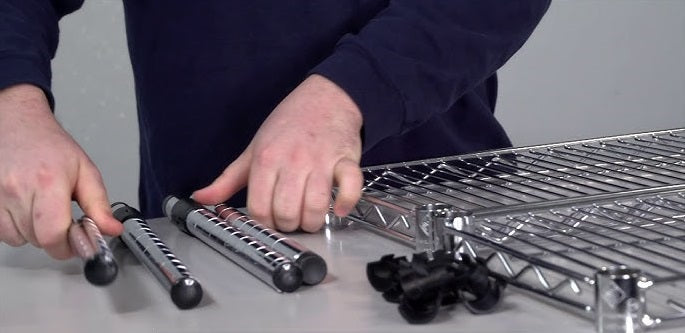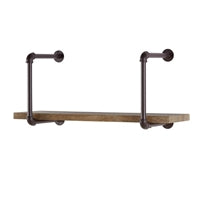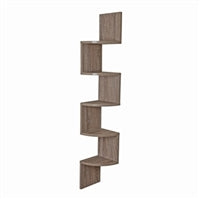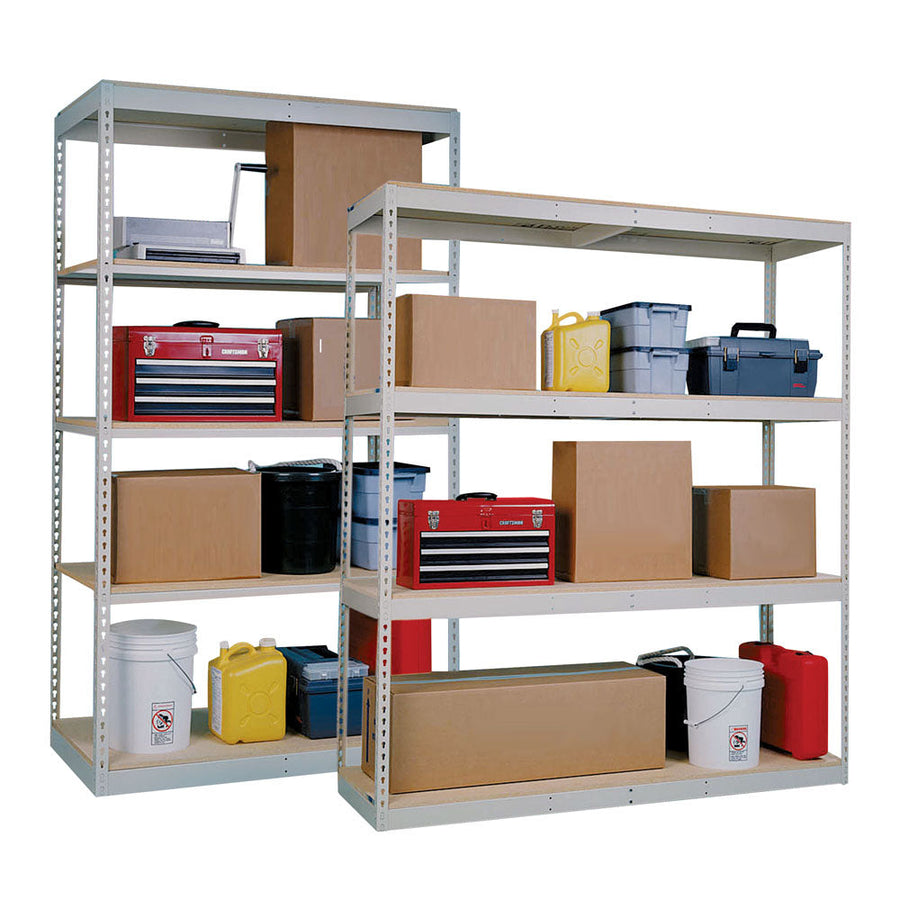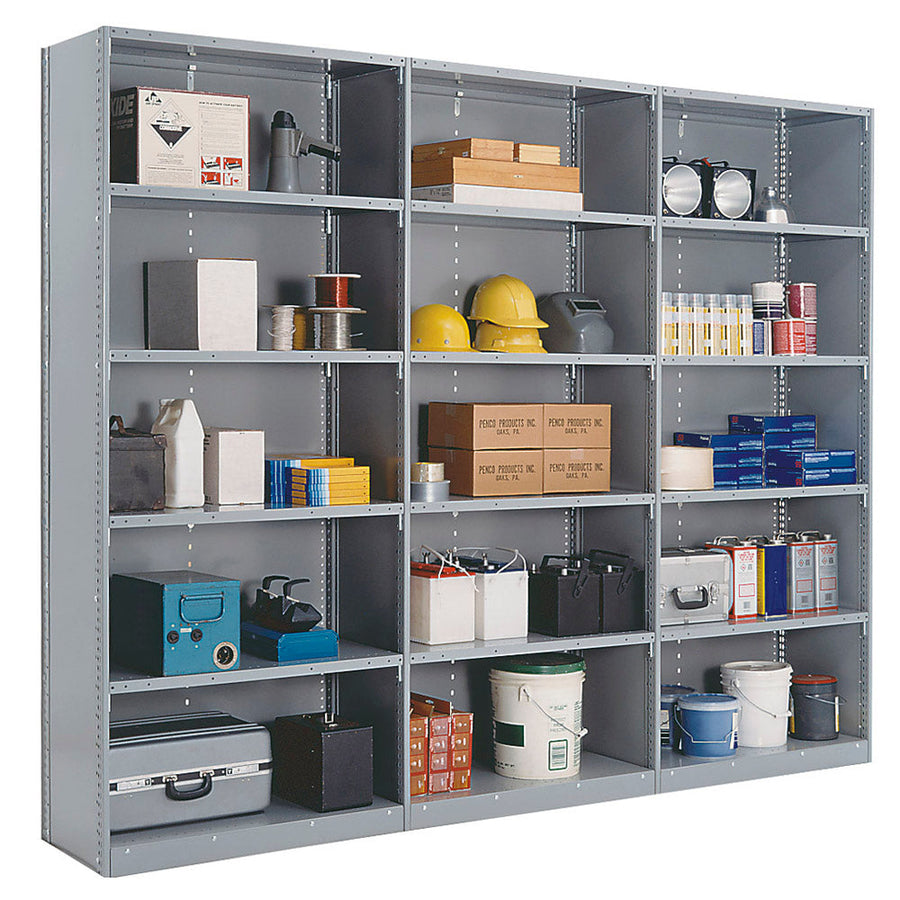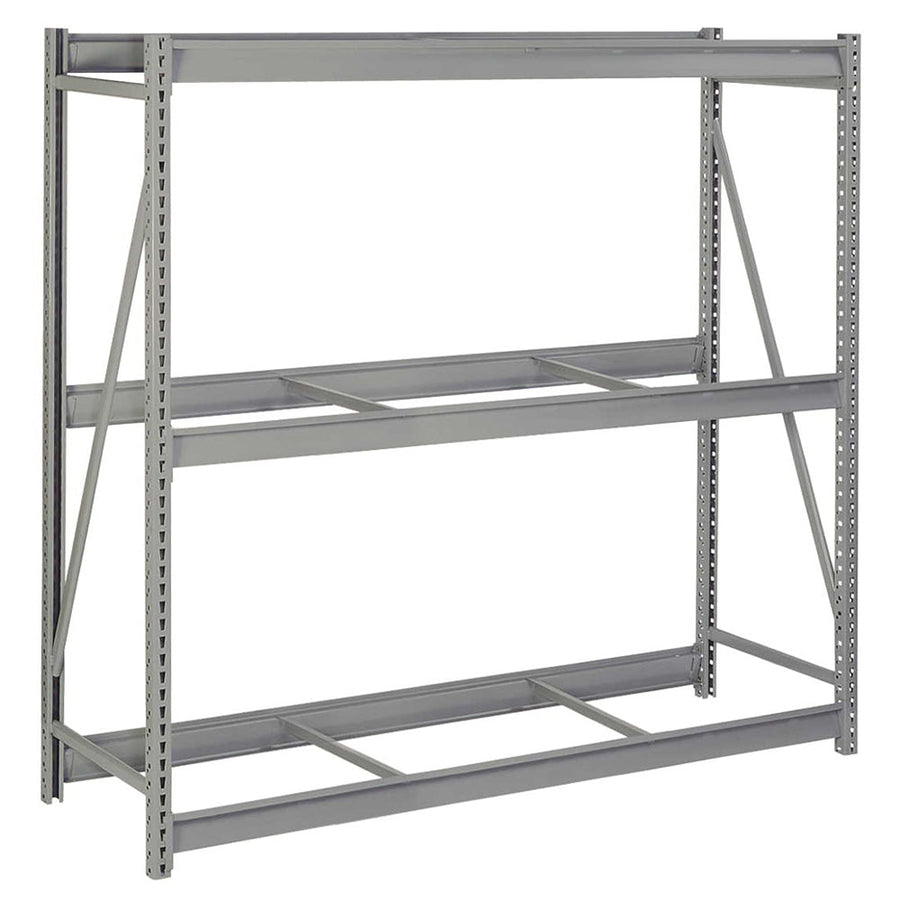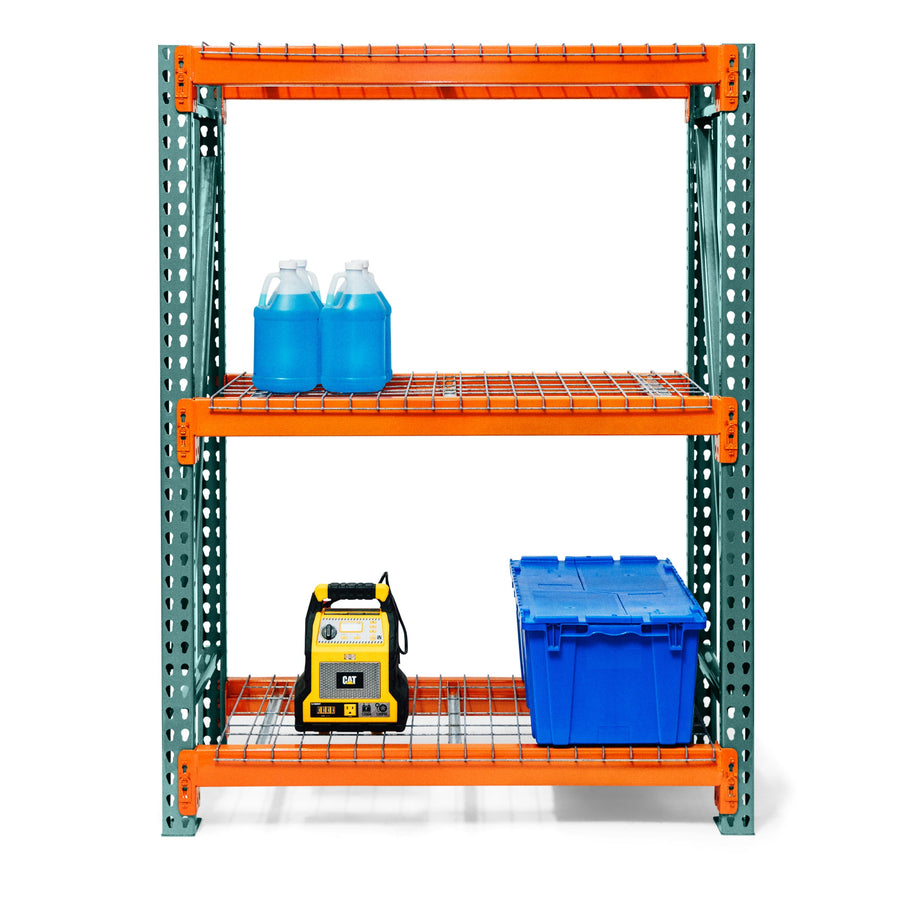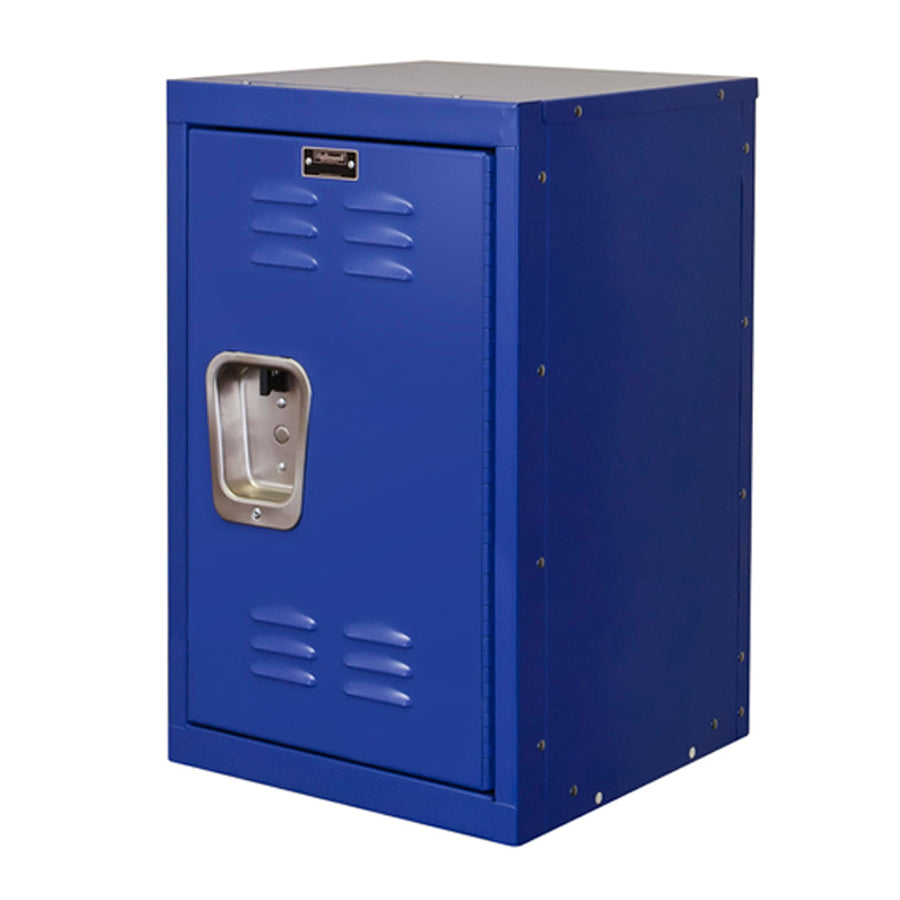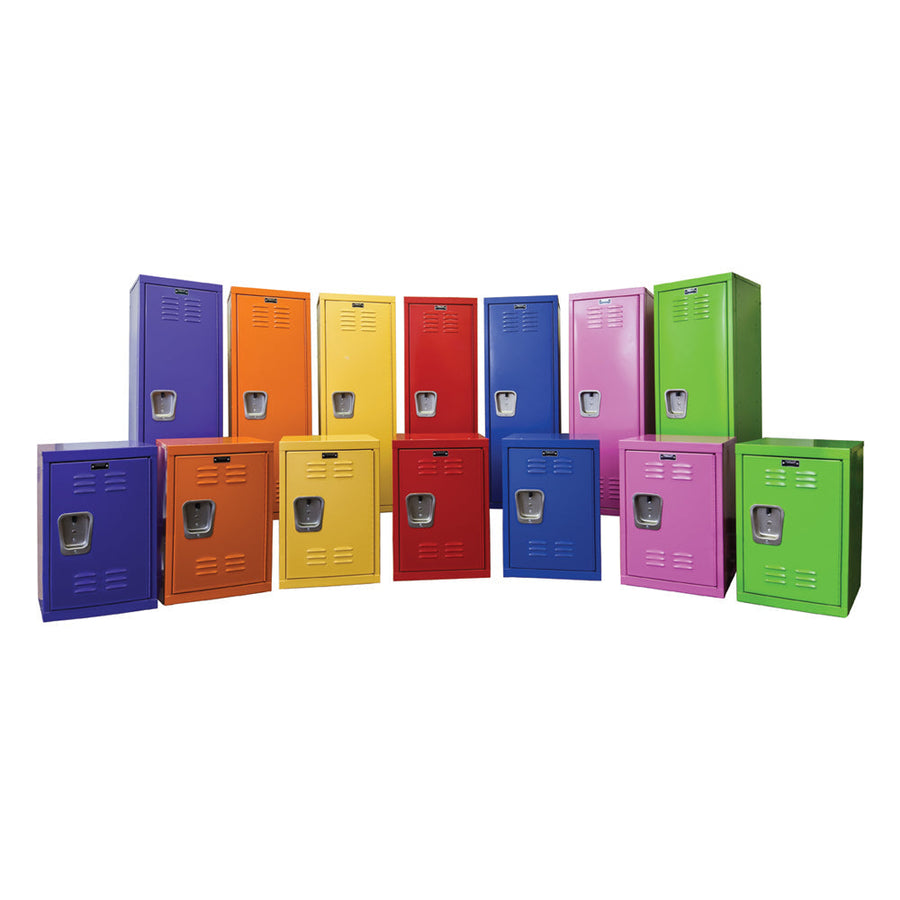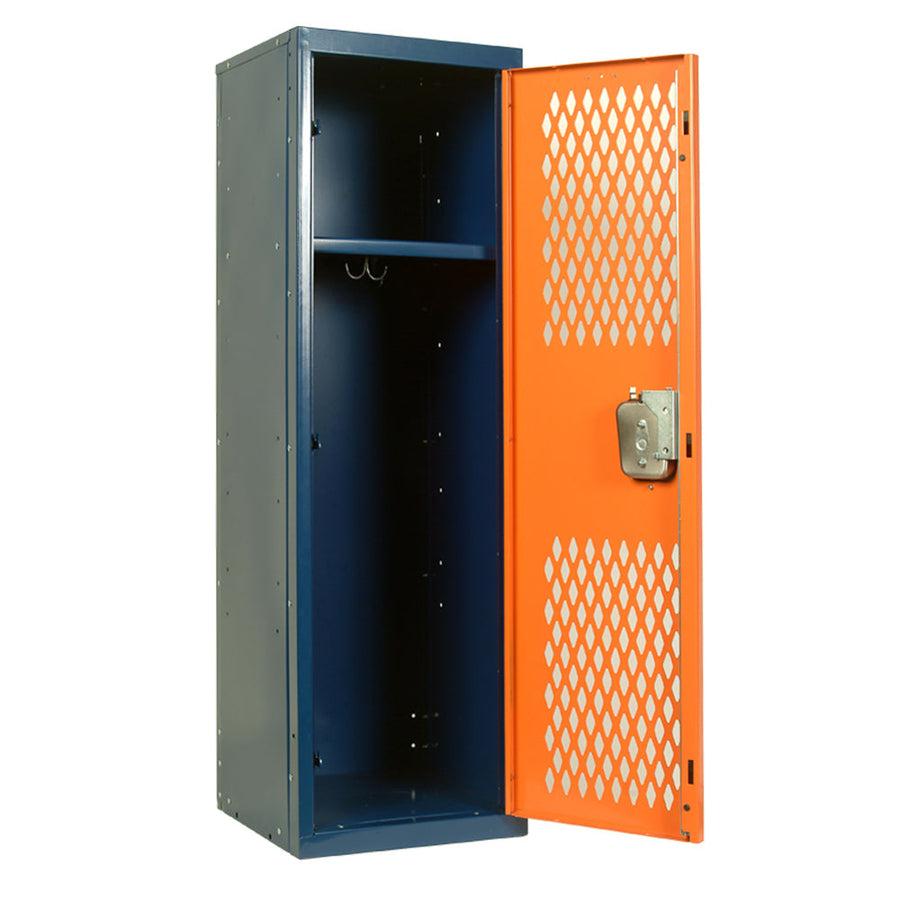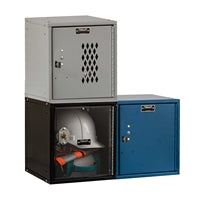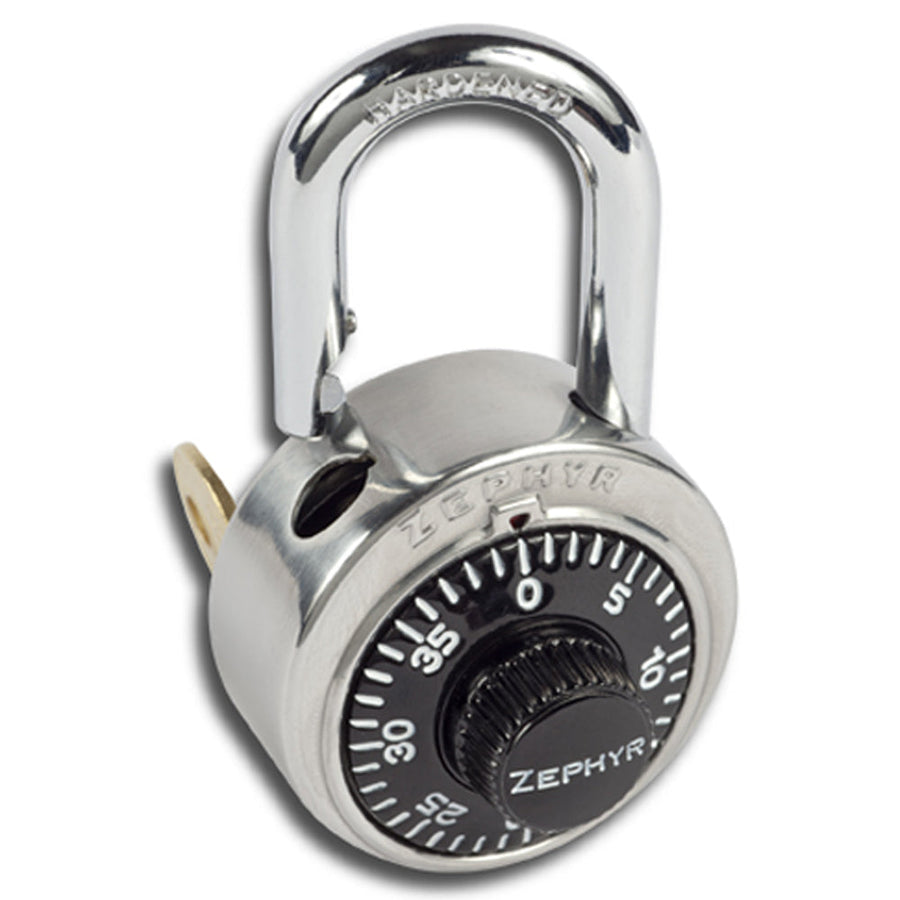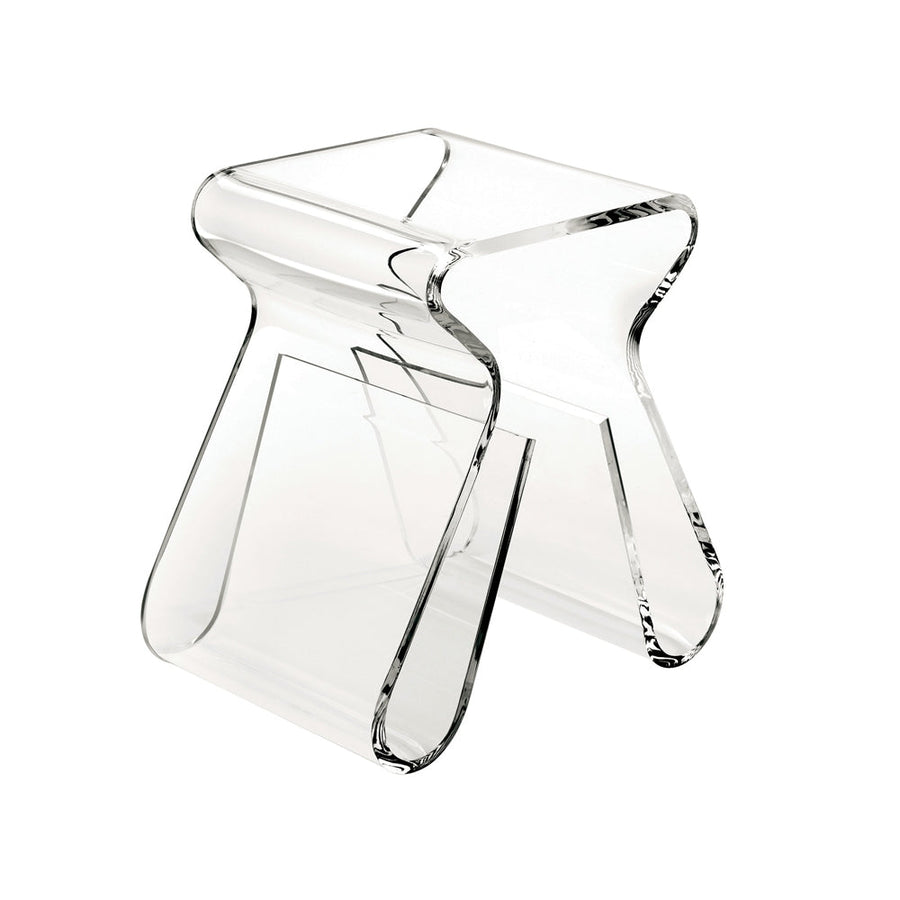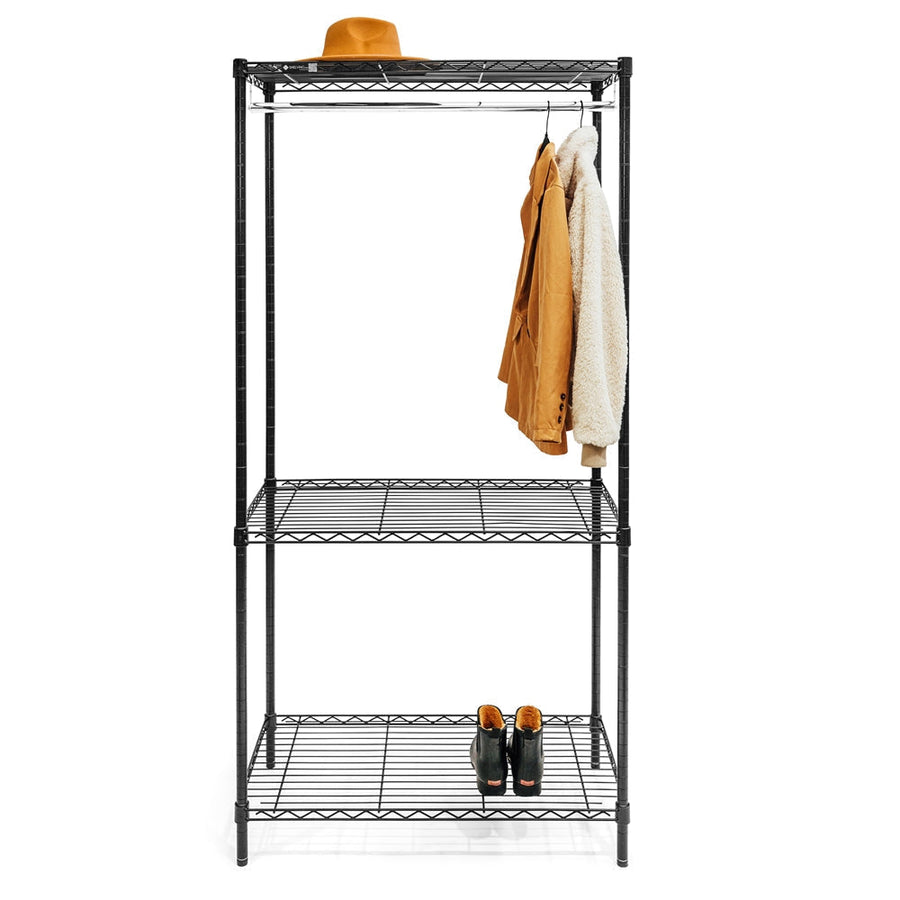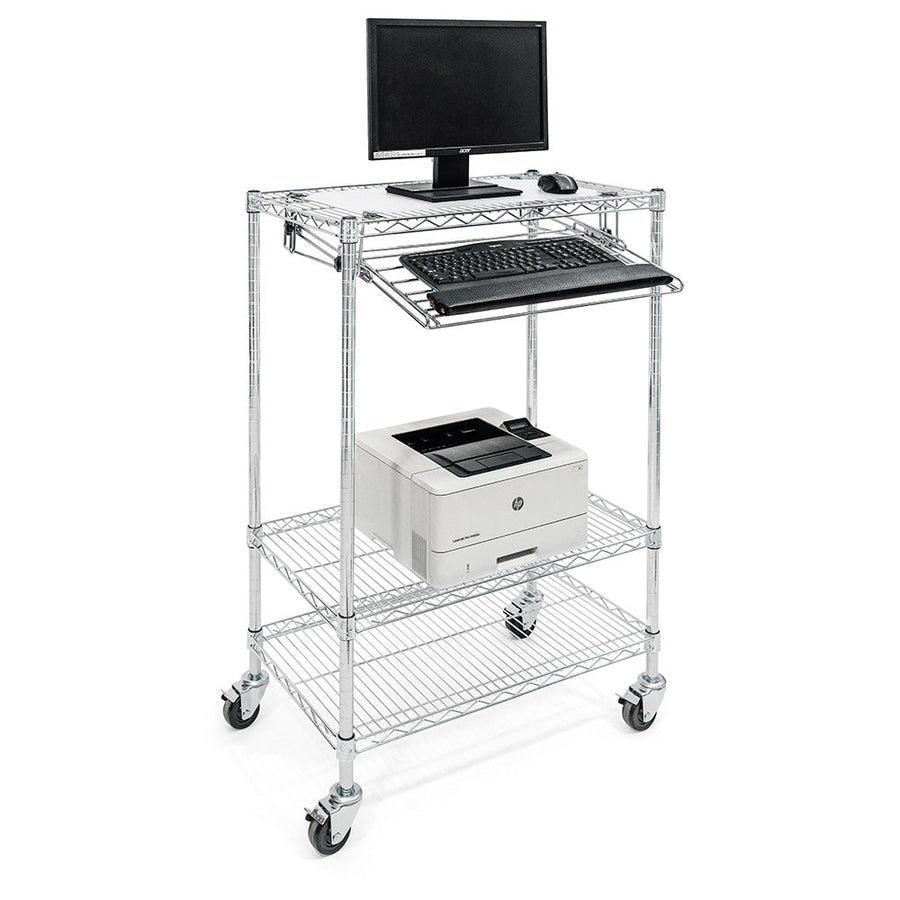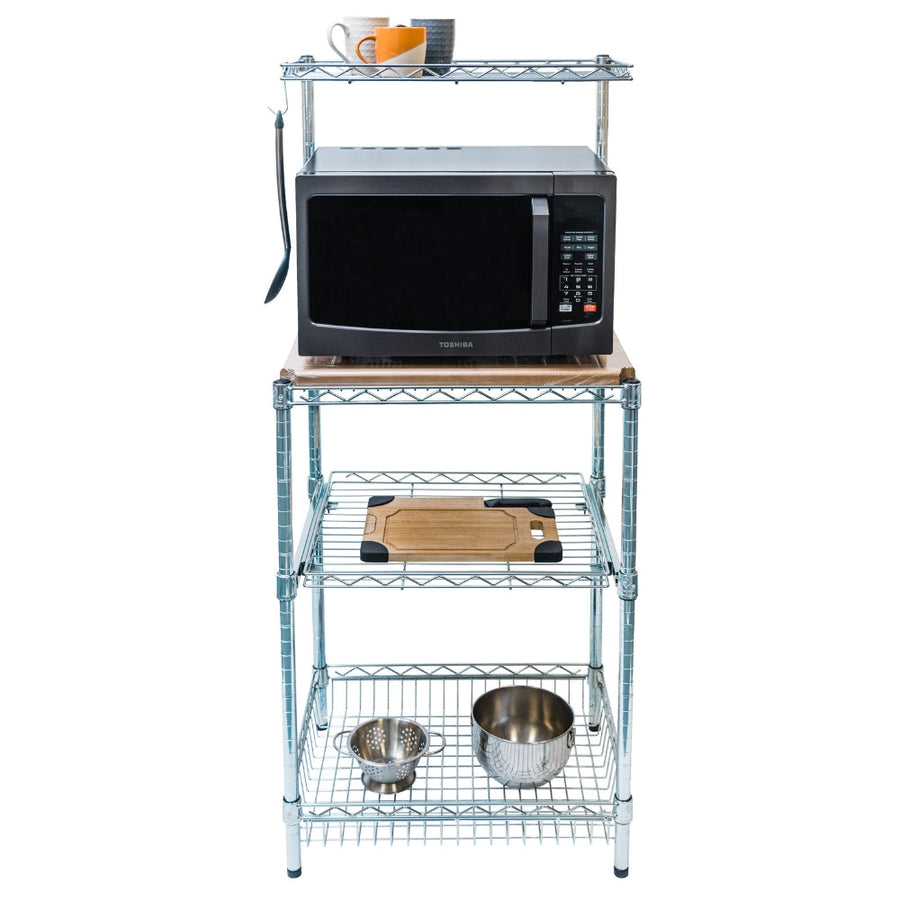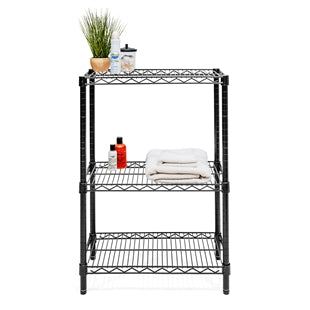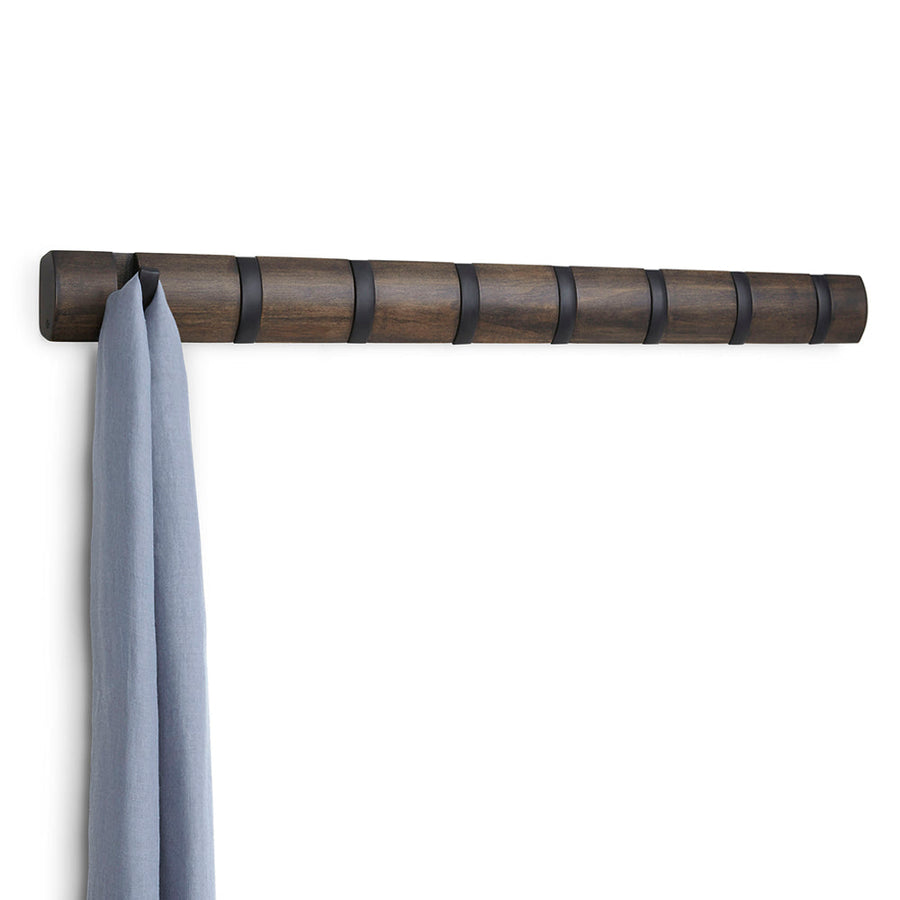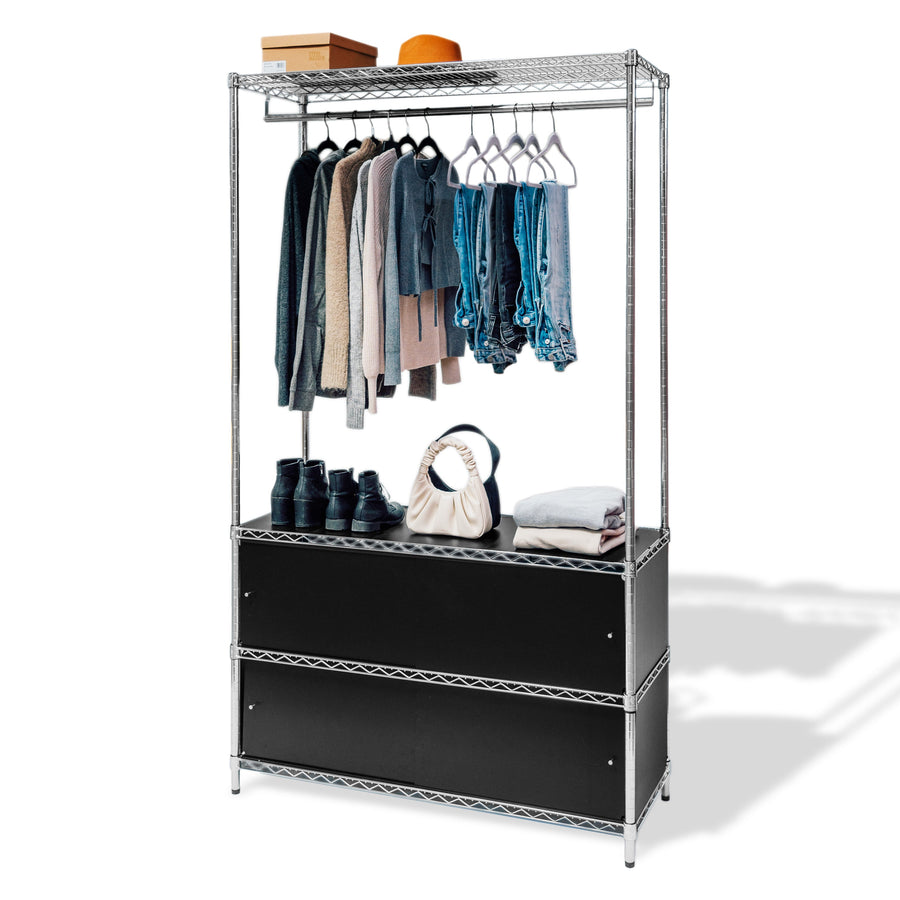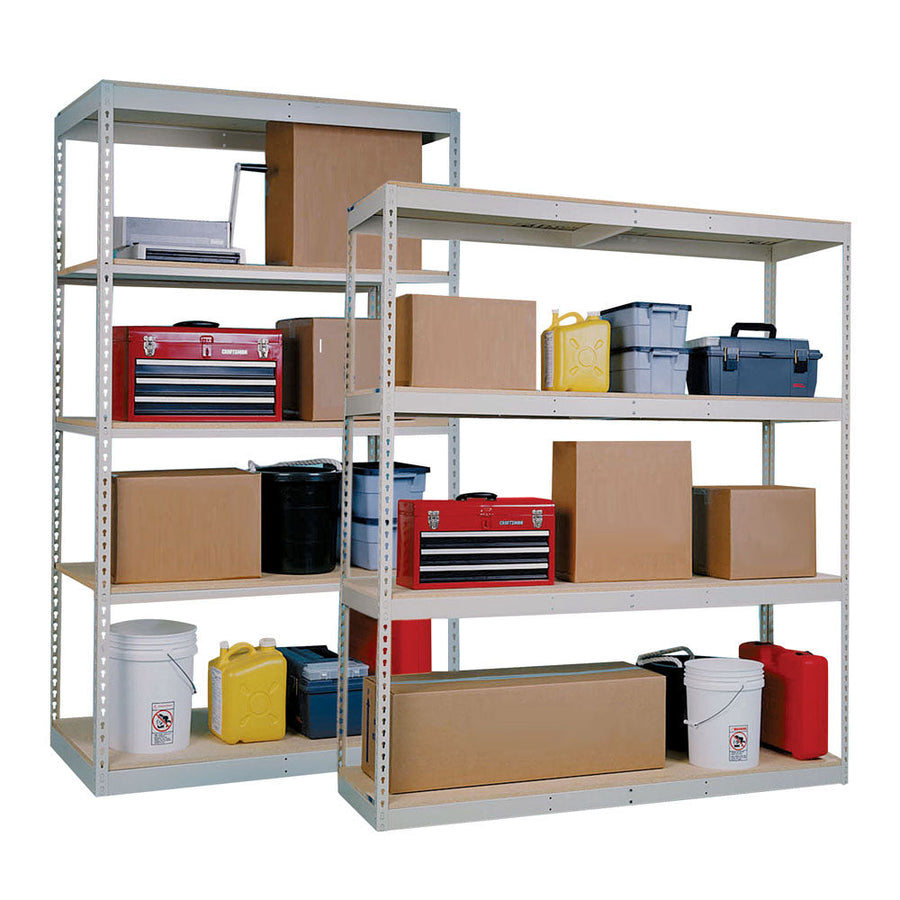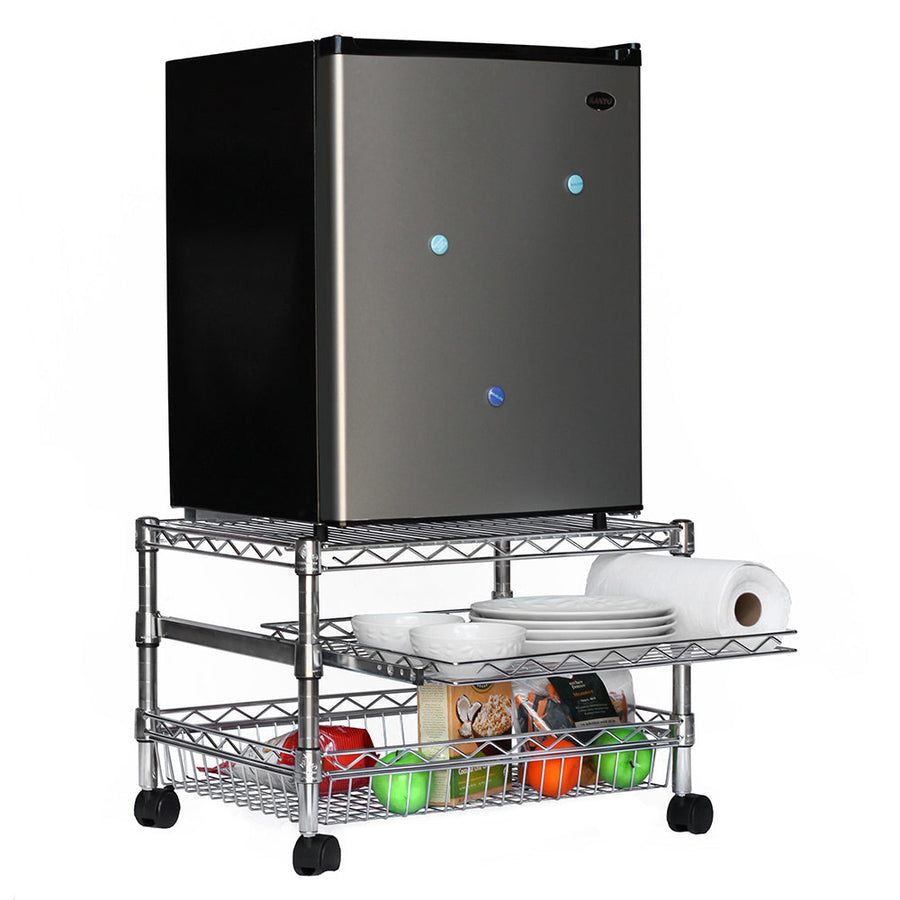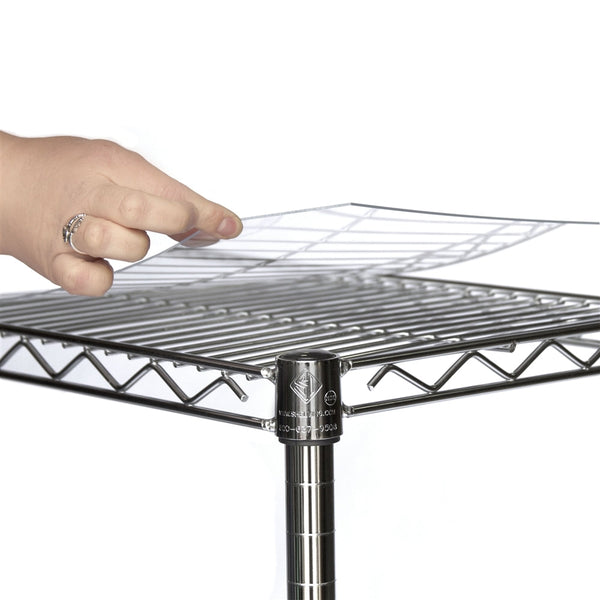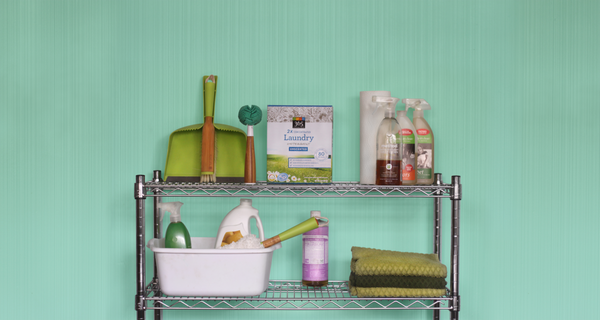For those among you with green thumbs, this is the perfect time of year to get out and do some yard work. Whether you’re replanting your prize rhododendrons, trying to figure out if you should start that herb garden, or simply looking to make the yard a little healthier, the time is right for getting your hands dirty with some outdoor chores.
Of course, even semi-serious yard work has a lot of tools and supplies that need to be stored safely, especially when it comes to organic products like fertilizers and pesticides. If you need a better way to get your yardwaste and lawn care products organized and put away, read on:
Fertilizer
Fertilizer is a vital, helpful supply for darn near any yard or garden, but let’s face it—it’s a little hard to store for various reasons. A few strategies include:
- Use metal trash cans where possible to contain fertilizer (out of the bag it came in) and keep it away from sources of heat like fire...as well as containing the smell
- When possible, keep it on a high shelf out of the reach of children, animals, or anyone you don’t want touching your fertilizer (which should really be anyone other than you and trusted adults). Set up something durable like garage shelving or outdoor wire shelving and leave it up high for safety.
- In the case of liquid fertilizer, make sure to use the right grade of tanks (poly tanks, 1.5 or greater gravity) and try to store them indoors to avoid the harmful effects of the sun on the tanks’ outer shells. If you have multiples, try to color code them to make sure you’re always rotating and refilling them the right way.
Seeds
Whether you’re growing vegetables for the kitchen or some perennials for color, a good seed selection is the backbone of any garden...but where can you store it all?
- First of all, make sure you find somewhere cool and dry to keep them. Garages are a good idea over the summer but unless they’re heated for the colder months, you’ll need to bring them back inside eventually to keep them stored under the right conditions.
- Wherever you wind up keeping them, here’s an old-fashioned trick we’ve found for prolonging the seeds’ life: place them in a small envelope, put a tablespoon or two of powdered milk into the envelope, and then put the envelope in a sealable container like an old coffee can. It’ll keep the moisture and the sunlight out, and keep your seeds usable well into the next planting season.
- If your seed containers are small enough (and you’ll remember they’re there), you may be able to utilize the space in your kitchen pantry to store them. Line your containers up on a pantry organizer and label the bottoms of each can to keep them close at hand and out of the sun!
Compost
Compost is a huge part of gardening; the dirt and leaves left after previous flowers and plants can help return nutrients to your soil and get those tomatoes looking better than ever. Of course, you can tend to find yourself with more than you need, and what do you do then?
- Compost needs similar cool and dry conditions to seeds to help the bacteria grow and flourish, but it tends to be a little bulkier. Many gardeners suggest using old trash cans and plastic storage bins (covered where able) stored in a basement or crawl space to help the soil reach the right conditions.
- Remember to check the moisture levels as often as possible to ensure proper soil quality. Try to turn the soil every so often using a garden fork to help distribute nutrients and moisture as evenly as possible, and mist the dryest parts with a spray bottle.
Lawn care tools
Finally, all the seeds and soil in the world aren’t going to be much help if you don’t have the right tools for the job—but where can you keep those?
- Most small tools should be kept in the garage or in a nearby shed on a pegboard, or using wall hooks to keep them aloft.
- Bigger, longer tools should be kept in a metal garage cabinet to keep them safely out of harm’s way (and ideally locked up so no little hands can get hurt by shovels or rakes).
- In areas without wall access you’ll want to use heavy duty home shelving to support the weight of your tools and make them easier to clean after you’re done digging in the dirt.
Hopefully with these tips in mind you’ll have a beautiful yard, a productive garden, and a much more organized summer! Leave a comment below if you have any tips to share with your fellow horticulturists!

